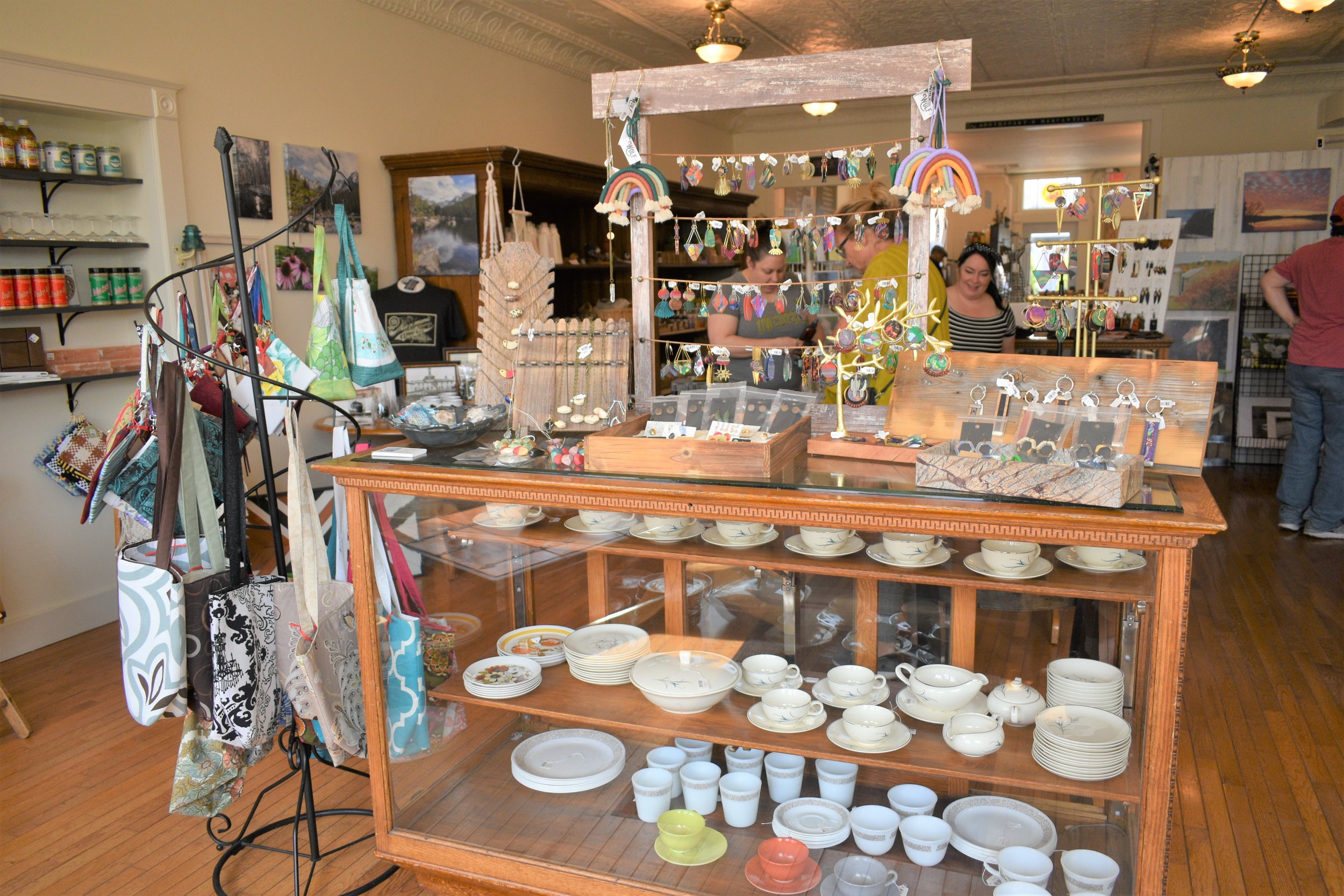Driftless area Lead and Zinc mines
For hundreds of years, the Ho-Chunk, Mesquaki (Fox), Sauk and other Native tribes mined the easily accessible lead of the Driftless region. European explorers discovered the presence of lead ore in this region in the 1600’s. Nicolas Perrot, a French fur trader, began trading in lead mined by Native Americans in the 1680’s. When the French withdrew in 1760, the Native Americans guarded the mines from other Europeans. They revealed mine locations only to trusted traders such as Julian Dubuque.
Lead ore was the first metal ore to be mined in Wisconsin, followed by zinc and iron. Miners rushed to the Driftless area to mine lead in the 1820’s and 1830’s. They spent little time constructing shelters. Many simply burrowed holes into nearby hillsides. This practice earned them the nickname "badgers."
Lead mining was more lucrative than fur trading or farming and the lure of quick rewards attracted many settlers to Southwestern Wisconsin. Lead at that time was widely used in the manufacture of pewter, pipes, weights, paint and ammunition for the firearms of the expanding U.S. military. In the 1830’s, experienced miners began arriving from Cornwall in southwestern England. The Cornish settled primarily in Mineral Point and constructed small limestone homes similar to those they had known in England.
Lead mining peaked in Wisconsin in the 1840’s. Although the state's mines yielded more than half the national output, demand for Wisconsin lead was beginning to decline. Miners had exhausted the supply of easily obtainable ore. Mining became more expensive and less appealing to investors hoping to make quick money. In 1844, a third of the region's residents left for copper and iron mines elsewhere. The discovery of gold in California caused many others to head west in 1849.
As the migration moved north towards Shullsburg, many small towns sprang up around the newer “diggins”. The Badger Mine in Shullsburg became one of the most productive in the Lead Region. Mines in nearby Galena, IL, and Shullsburg provided the majority of the nation’s lead for musket balls used by Union soldiers during the American Civil War. Confederate leaders considered invading this area to stop the production of the lead. This plan was never implemented.
Some lead mining towns disappeared while others changed their names. Scales Mound, Hardscrabble, Cottonwood Hill, Council Hill, Lead Mine, New Dublin, and of course, New Diggings were but a few. Some of these old communities that changed their names can be visited today. Hardscrabble became Hazel Green, Cottonwood Hill became Benton, and the Irish Diggins at New Dublin became Shullsburg. Others can be found by searching for lead mines in this area. Pendarvis, in Mineral Point, is one of many historic sites well worth visiting. For more information on the history of lead and zinc mining in Wisconsin, visit The Mining & Rollo Jamison Museums in Platteville, Wisconsin. You can also visit them on Facebook.
Editor’s note: Photos were contributed by The Mining & Rollo Jamison Museums with permission from the museum’s Director, Erik Flesch.













